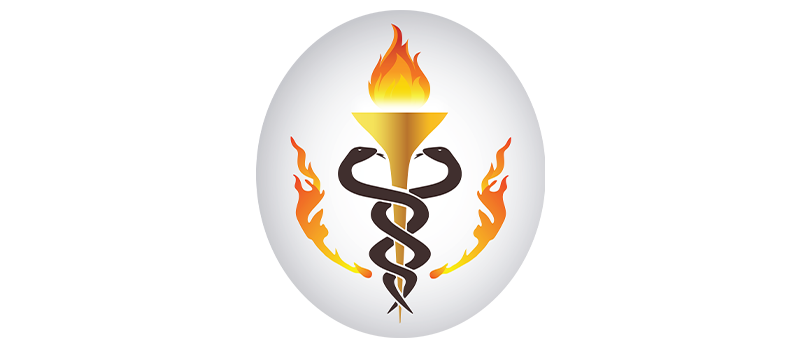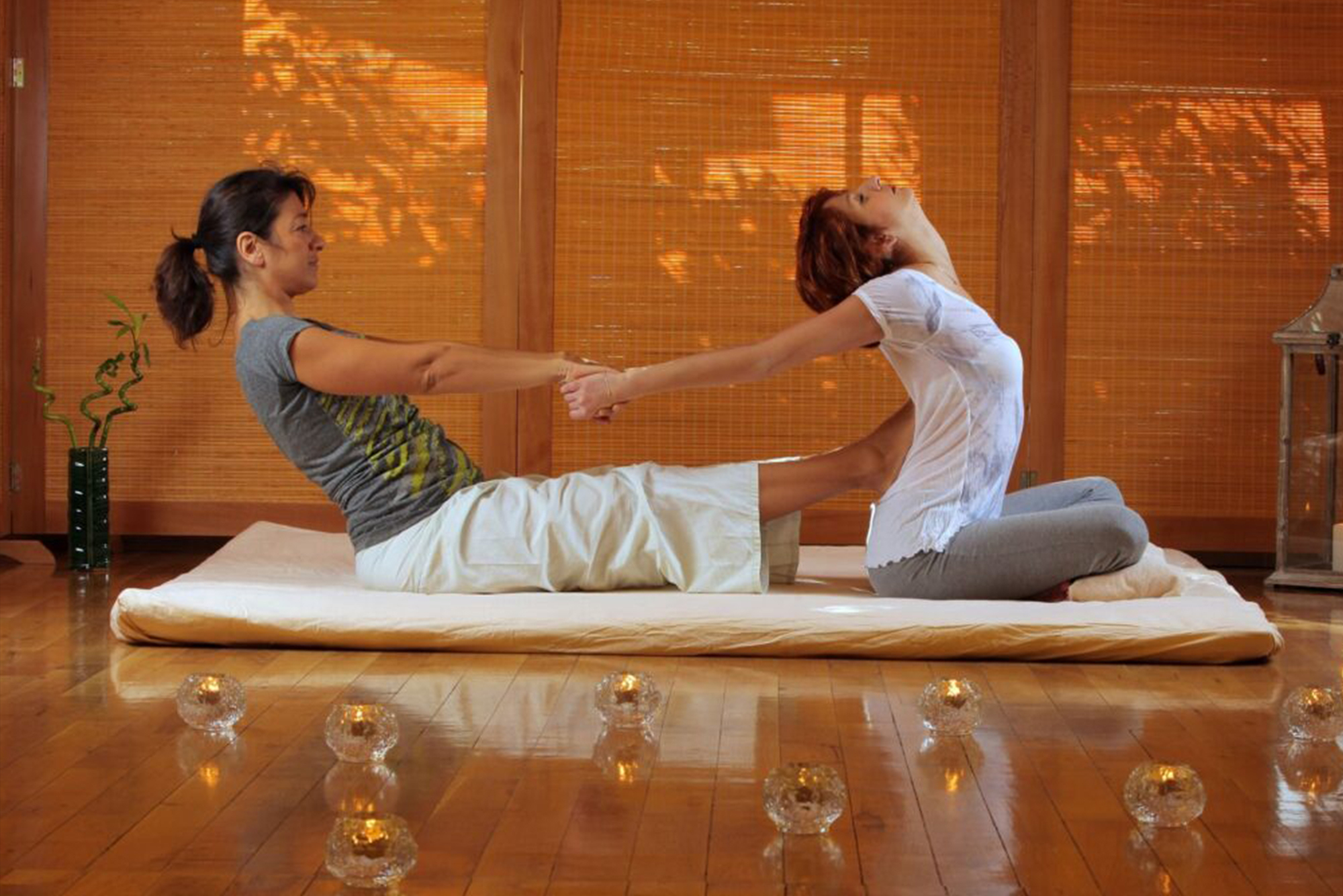Origins of Traditional Thai Massage
The origins of Nuad Thai are traced back to India, where Jivaka Kumar Bhaccha, a physician to the Buddha, is credited with developing the foundational Traditional Thai Massage Techniques. Over centuries, these healing techniques traveled to Thailand, where they blended with local practices and Buddhist philosophy.
Thai monks played a significant role in preserving and passing down the knowledge of Nuad Thai, integrating it with meditation and energy balancing methods. This practice became a key component of traditional Thai medicine, used for relaxation, pain relief, and restoring balance within the body.
- The Influence of Ayurvedic and Chinese Medicine
Authentic Thai Massage is deeply influenced by Ayurvedic medicine, which emphasizes the balance of the body’s energy. The practice incorporates elements of yoga, stretching, and acupressure to stimulate energy flow and release tension.
Additionally, traditional Chinese medicine has contributed to the development of Nuad Thai, particularly in its focus on energy pathways, or Sen lines, which are similar to meridians in acupuncture. Practitioners of Traditional Thai Massage Techniques apply pressure along these lines to restore harmony in the body.
- Evolution and Preservation of Nuad Thai
For centuries, Thai massage was primarily practiced in temples, with monks acting as both healers and teachers. Wat Pho, one of Thailand’s most famous temples, remains a leading center for learning Traditional Thai Massage Techniques today.
Over time, Thai massage spread beyond temple walls and became a globally recognized therapy. In 2019, UNESCO officially recognized Nuad Thai as an Intangible Cultural Heritage of Humanity, further cementing its importance in traditional healing arts.
- Key Techniques in Traditional Thai Massage
Unlike Western massage styles that use oils and direct muscle manipulation, Authentic Thai Massage is performed on a mat with the recipient fully clothed. The therapist uses their hands, elbows, knees, and even feet to apply rhythmic pressure, stretching, and movement to the body. Some key techniques include:
- Passive Yoga Stretches: The therapist moves the client into yoga-like postures to enhance flexibility and mobility.
- Sen Line Work: Applying pressure along energy lines to balance internal energy flow.
- Acupressure Points: Targeting specific pressure points to relieve pain and tension.
- Joint Mobilization: Gentle movements to improve range of motion and overall body function.
- The Benefits of Traditional Thai Massage
Practicing or receiving Nuad Thai provides numerous health benefits, including:
- Improved flexibility and mobility
- Enhanced blood circulation
- Relief from muscle tension and chronic pain
- Increased energy flow and mental clarity
- Reduced stress and anxiety
Conclusion
Traditional Thai Massage is more than just a physical therapy; it is a holistic practice rooted in history, spirituality, and healing. With its rich traditions and powerful benefits, Nuad Thai continues to be a sought-after therapy worldwide. Whether you seek relaxation, pain relief, or energy balance, Authentic Thai Massage offers a timeless path to well-being.







